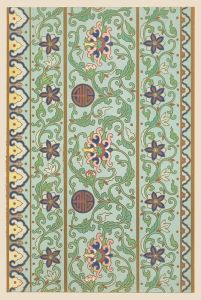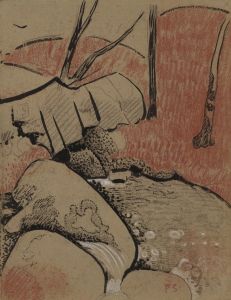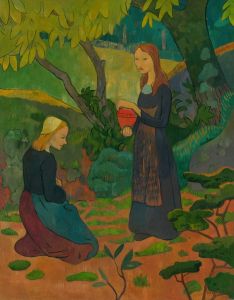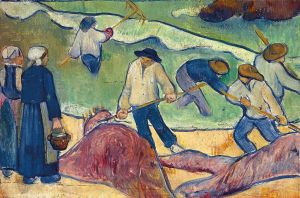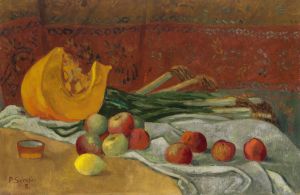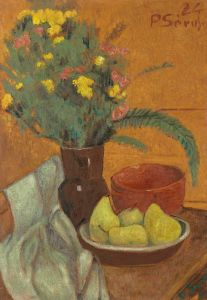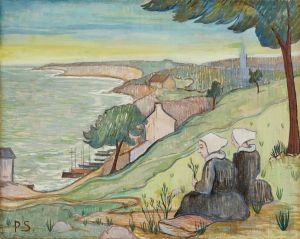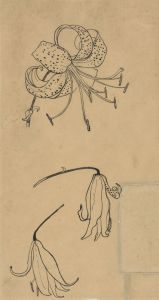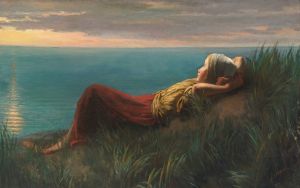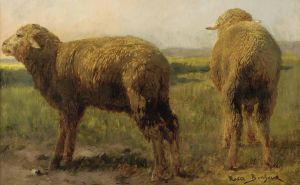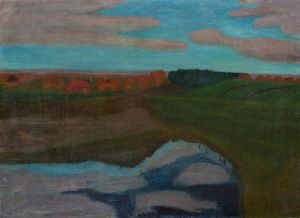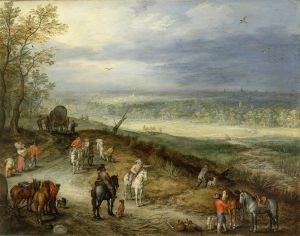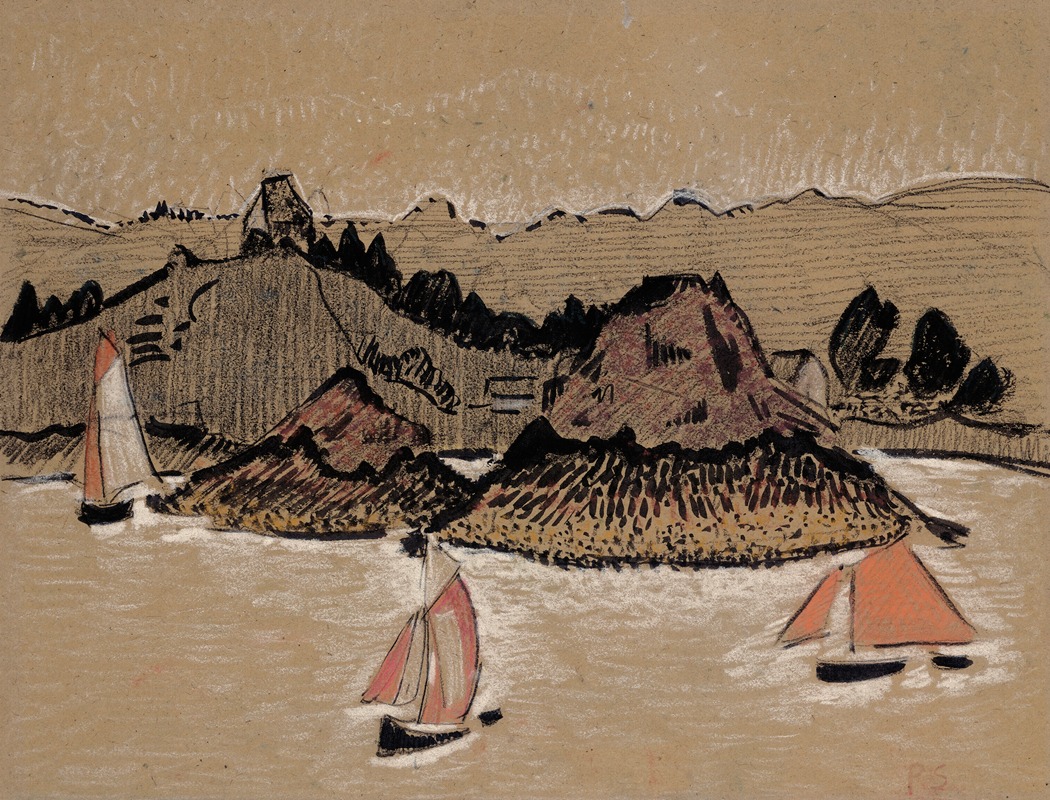
Trois bateaux sur le Trieux
A hand-painted replica of Paul Sérusier’s masterpiece Trois bateaux sur le Trieux, meticulously crafted by professional artists to capture the true essence of the original. Each piece is created with museum-quality canvas and rare mineral pigments, carefully painted by experienced artists with delicate brushstrokes and rich, layered colors to perfectly recreate the texture of the original artwork. Unlike machine-printed reproductions, this hand-painted version brings the painting to life, infused with the artist’s emotions and skill in every stroke. Whether for personal collection or home decoration, it instantly elevates the artistic atmosphere of any space.
Paul Sérusier's painting Trois bateaux sur le Trieux (Three Boats on the Trieux) is a work that reflects the artist's connection to the Post-Impressionist and Symbolist movements. Sérusier, a French painter and a key figure in the Nabis group, was known for his innovative use of color and his interest in synthesizing form and emotion in his art. This painting, like much of his work, demonstrates his dedication to these principles.
The title of the painting refers to the Trieux River, located in the Brittany region of France. Brittany was a significant source of inspiration for Sérusier and many other artists of his time, including members of the Pont-Aven School. The region's landscapes, traditional culture, and vibrant colors provided a rich backdrop for artistic exploration. Sérusier frequently depicted scenes from Brittany, and Trois bateaux sur le Trieux is one such example.
In this painting, Sérusier portrays three boats on the Trieux River, using a simplified and stylized approach to composition. The work is characterized by bold, flat areas of color and a lack of intricate detail, which are hallmarks of Sérusier's style during this period. His use of color is not strictly naturalistic but rather expressive, aiming to evoke a mood or atmosphere. This approach aligns with the Nabis' philosophy of moving beyond mere representation to convey deeper symbolic or emotional meanings.
The exact date of the painting is not widely documented, but it is consistent with Sérusier's mature style, which developed after his pivotal encounter with Paul Gauguin in 1888. Gauguin's influence encouraged Sérusier to experiment with color and abstraction, leading to the creation of works that emphasized the subjective experience of the artist.
Trois bateaux sur le Trieux is housed in the Musée d'Orsay in Paris, a museum renowned for its collection of 19th- and early 20th-century art. The painting is part of the museum's holdings of works by the Nabis and other Post-Impressionist artists, showcasing the evolution of modern art during this transformative period.
This artwork is an example of Sérusier's ability to blend the natural beauty of the Breton landscape with his innovative artistic vision, making it a notable piece within his oeuvre and the broader context of Post-Impressionist art.





